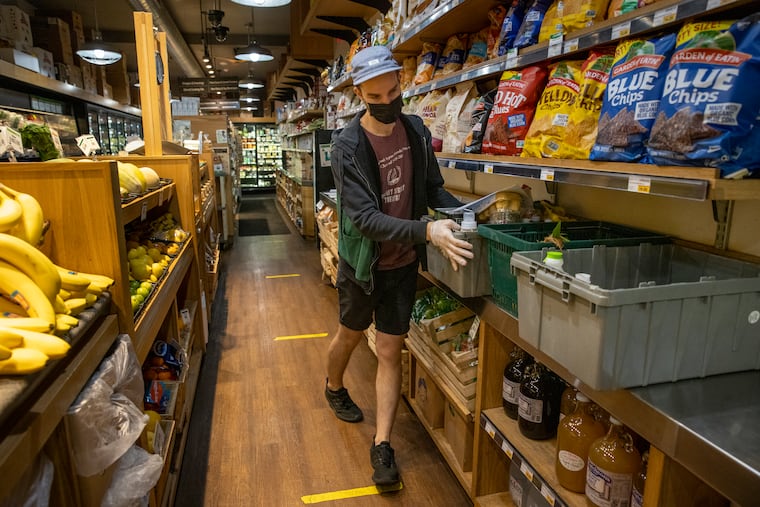The pandemic pushed consumers to buy groceries online. How many will still get them delivered?
The pandemic turned tens of millions of Americans into first-time online grocery buyers, fueling a 54% growth in web sales across the industry last year.

The pandemic turned tens of millions of Americans into first-time online grocery buyers, fueling a 54% growth in web sales across the industry last year.
